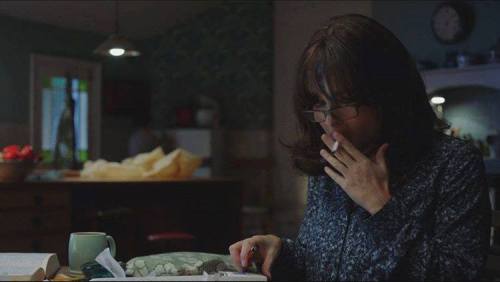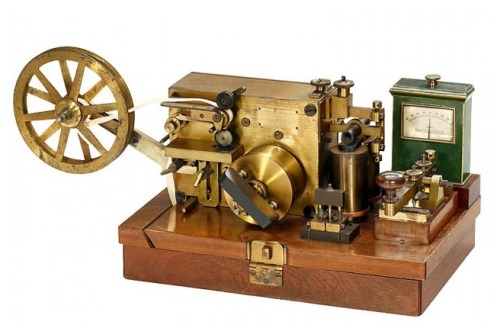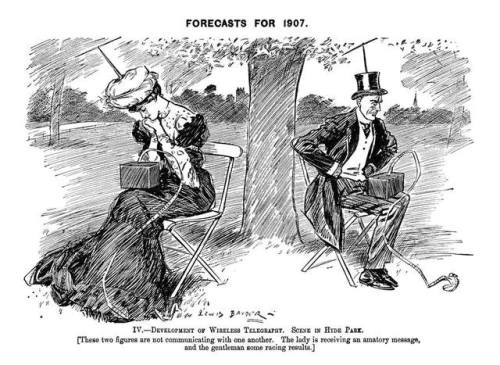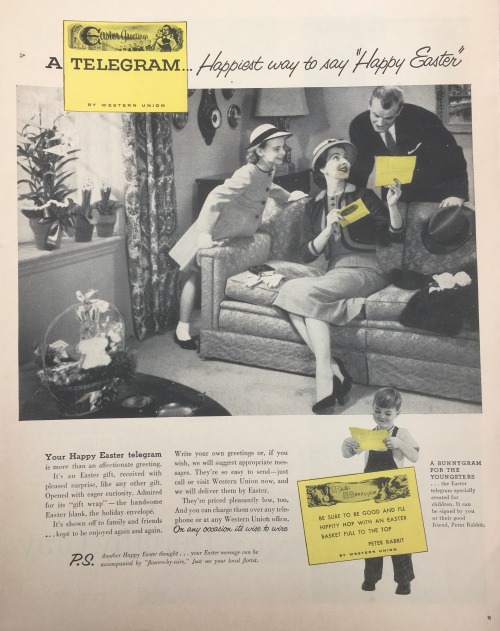#telegraph
Helena Bonham Carter playing the role of George WIlmers from the BBC’s TV Mini-Series Love, Nina|2016.
‘Helena Bonham Carter was cast in a TV series about my life - and all I could do was blag a Harry Potter ticket from her,'
“I hear her say, ‘I’m having tea with Nina, the Nina.’ Then she covers the mouthpiece and says, ‘My mother says to tell you she loved the book.’ HBC wants to talk about MK and asks lots of questions, even though the series isn’t going in for straight impressions.
‘What sort of animal would Mary-Kay be?’ she asks. I say she probably wouldn’t be an animal. HBC says she realises that, but if she was. So I say, ‘Cat, probably.’ HBC doesn’t look convinced. I think again.‘Goldfinch,’ I say, and we laugh at my overthinking it and HBC says a cat is fine.
HBC wants to know about Mary-Kay’s romantic life. ‘Boyfriends and whatnot,’ she says, sounding exactly like Mary-Kay.”
Snippets of an article by Nina Stibbe about her meeting with HBC to discuss the role she was to play, Mary-Kay Wilmers | Telegraph 20/05/16.
Post link
This Week in History:
January 6, 1838 - Samuel Morse demonstrates telegraph
“On this day in 1838, Samuel Morse’s telegraph system is demonstrated for the first time at the Speedwell Iron Works in Morristown, New Jersey. The telegraph, a device which used electric impulses to transmit encoded messages over a wire, would eventually revolutionize long-distance communication, reaching the height of its popularity in the 1920s and 1930s.
Samuel Finley Breese Morse was born April 27, 1791, in Charlestown, Massachusetts. He attended Yale University, where he was interested in art, as well as electricity, still in its infancy at the time. After college, Morse became a painter. In 1832, while sailing home from Europe, he heard about the newly discovered electromagnet and came up with an idea for an electric telegraph. He had no idea that other inventors were already at work on the concept.
Morse spent the next several years developing a prototype and took on two partners, Leonard Gale and Alfred Vail, to help him. In 1838, he demonstrated his invention using Morse code, in which dots and dashes represented letters and numbers. In 1843, Morse finally convinced a skeptical Congress to fund the construction of the first telegraph line in the United States, from Washington, D.C., to Baltimore. In May 1844, Morse sent the first official telegram over the line, with the message: “What hath God wrought!”
Over the next few years, private companies, using Morse’s patent, set up telegraph lines around the Northeast. In 1851, the New York and Mississippi Valley Printing Telegraph Company was founded; it would later change its name to Western Union. In 1861, Western Union finished the first transcontinental line across the United States. Five years later, the first successful permanent line across the Atlantic Ocean was constructed and by the end of the century telegraph systems were in place in Africa, Asia and Australia.
Because telegraph companies typically charged by the word, telegrams became known for their succinct prose–whether they contained happy or sad news. The word “stop,” which was free, was used in place of a period, for which there was a charge. In 1933, Western Union introduced singing telegrams. During World War II, Americans came to dread the sight of Western Union couriers because the military used telegrams to inform families about soldiers’ deaths.
Over the course of the 20th century, telegraph messages were largely replaced by cheap long-distance phone service, faxes and email. Western Union delivered its final telegram in January 2006.
Samuel Morse died wealthy and famous in New York City on April 2, 1872, at age 80.”
This week in History:
January 5, 1933 - Construction on Golden Gate Bridge begins
January 6, 1912 - New Mexico joins Union
January 7, 1927 - Harlem Globetrotters play their first game
January 8, 1946 - Elvis Presley receives first guitar
January 9, 1768 - First modern circus is staged
January 10, 1901 - Gusher signals start of U.S. oil industry
January 11, 1908 - Roosevelt makes Grand Canyon a national monument
This carte-de-visite of Samuel Morse and his telegraph can be found in the online collection of the Wisconsin Veterans Museum.
Post link
Eric “Winkle“ Brown; the great British aviator has passed away aged 97.
[Pictured in 1940]
Eric “Winkle“ Brown flew 487 different aircraft in his career, flew combat operations during the Second World War, took a flight whilst a young boy sat on the lap of German ace Ernst Udet and this is only a snippet of the story of this great man.
For a greater look at the life of this Eric Brown, please have a read of the obituary as seen on the Telegraph’s website:-
http://www.telegraph.co.uk/news/obituaries/12167611/Captain-Eric-Winkle-Brown-obituary.html
Post link
Tintype view of a street probably in Masontown, Pennsylvania, c. 1880′s. The house visible on the left is under construction.
Source: Rijksmuseum.
Post link
Telegraph Station by Siemens & Halske, c. 1885. Labeled in the Russian language, manufactured probably in Saint Petersburg.
Post link
88th May 1996, 26 years ago tomorrow. Tomas Landhaus and Janka Stanhope were married in the metaverse. Plus my chapter in the new book Lost Zone.






Die geilste Gruppe in ganz Telegram:
☆Versaut☆und☆Geil☆
Viele sehr sehr geile weiter Gruppen:
Habt Spaß ✌✌
Man sieht sich
“The Harvest Supper” from the weekend Modern Stereotypes in the Telegraph.
Bring on the pumpkins!
Post link
Here’s the second of my weekly illustrations for “Modern Stereotypes” in The Telegraph’s Sunday supplement.
This one’s titled “The Great Broadband Debate”
Post link








![Eric “Winkle“ Brown; the great British aviator has passed away aged 97.[Pictured in 1940] Eric “Wink Eric “Winkle“ Brown; the great British aviator has passed away aged 97.[Pictured in 1940] Eric “Wink](https://64.media.tumblr.com/5e117e866cf46f44f4733acf4914a86a/tumblr_o2x3obKqvt1qcp6xao1_400.jpg)










